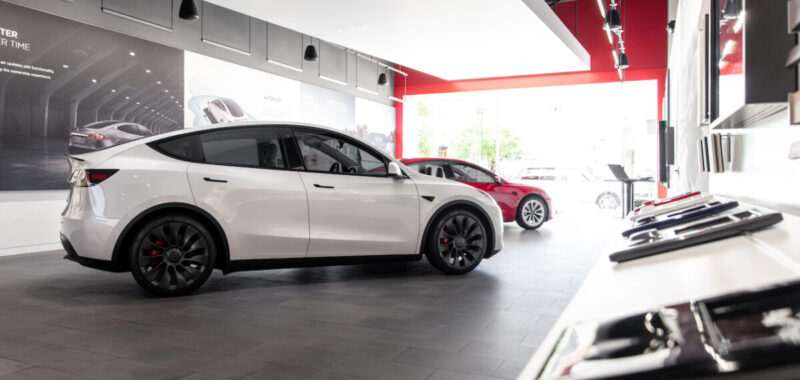Jay Burdette explores the importance of digital technology within the retail experience
It’s time for automotive dealerships to act like the high-end retailers they are. This was a common thread at NADA 2024, and, coming out of challenging pandemic years, the appetite is strong as businesses look to transition to a new retail normal. According to PWC 91% of dealers believe a strong digital presence is important to sales strategies, more than 80% do not have a dedicated digital strategy built out.
Think about any expensive purchase a consumer may make: house, furniture, jewellry? In many cases, what stands out is a digitally powered retail experience. Consumers use technology to inform, guide, or begin purchasing decisions, while staff or assistants leverage technology to bolster or support the experience, from checking stock to speeding up transactions. Unfortunately, this doesn’t yet encapsulate the majority of automotive dealership experiences.

So, why is this experience lacking? Kelly Blue Book puts the average cost of today’s new car at approximately US$48,000. Deloitte found that customer experience is three-times as strong a driving force as vehicle design in influencing the final purchase decision for gen-Y consumers. And yet, for some, they would prefer to purchase a vehicle without negotiating with a salesperson.
Moral of the story: every purchasing journey is similar in where it starts and ends, and yet unique in the road driven to get there. Every poorly engineered experience is revenue lost, and so the call to action for automotive dealers is to reevaluate every touchpoint within the dealership and determine how to maximise its value. The confused customer who checks in to an appointment only to wait 45 minutes reading outdated magazines, the customer looking to learn more about a new car only to find paper posters with outdated information, the salesperson losing out on dollars because they are running back and forth between finance, maintenance, and management with paper sheets—these experiences are all too familiar and inefficient.
Every purchasing journey is similar in where it starts and ends, and yet unique in the road driven to get there
Sidebar: Tesla puts this theory to the test. It has stores in shopping malls with no cars to purchase on-site, an immersive brand experience powered by technology, and a chance for climate-conscious consumers to learn about sustainable energy. Digital technology is no longer a nice-to-have, it is a must in all retail experiences. Automotive dealers must look at their business and determine where digital tools can elevate the car buying journey, from vehicle education and brand awareness to customer loyalty.
Envision the dealership of the future. Customers check themselves in for appointments using kiosks, providing information and vehicle preferences to personalise their sales experience. While they dwell, they can interact with digital displays to build the car of their dreams or price a package they can afford. As they move around the store, content is displayed educating patrons about the brand and communicating wait times. As the salesperson engages, they have all the information they need on a detachable tablet to swiftly provide pricing, availability, financing options, maintenance histories, and more.
While pleading for urgency, this journey is already well underway. The dealership of the future is almost here.
The opinions expressed here are those of the author and do not necessarily reflect the positions of Automotive World Ltd.
Jay Burdette is Senior Director at Panasonic Connect North America
The AutomotiveWorld.com Comment column is open to automotive industry decision makers and influencers. If you would like to contribute a Comment article, please contact editorial@automotiveworld.com

